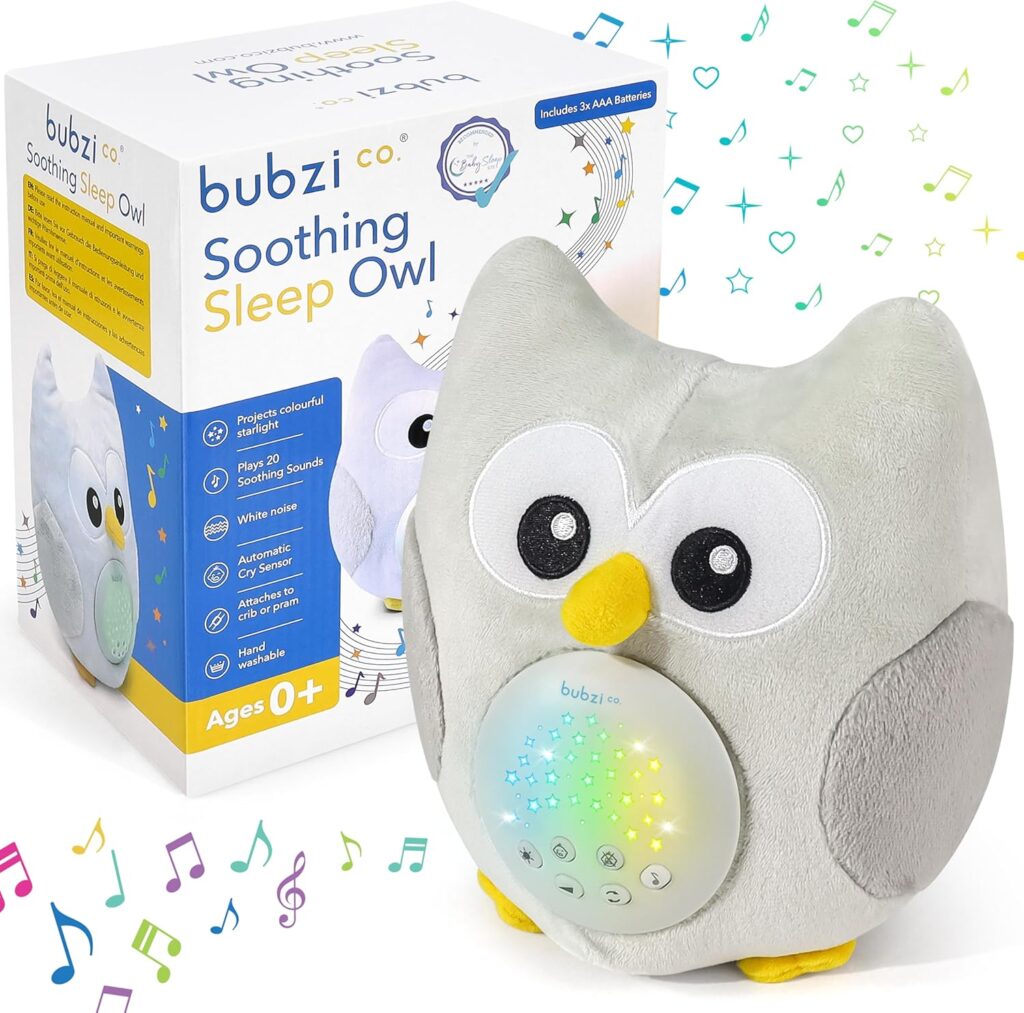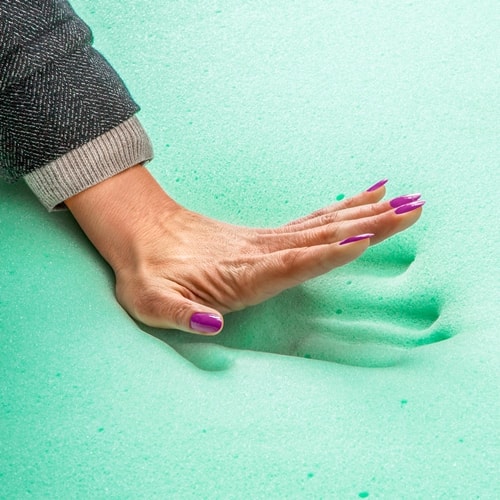5 Tips To A Better Newborn Sleep Routine
Establishing a healthy sleep routine for your newborn can be a game-changer for both your baby and you.
Quality sleep is essential for your baby’s growth and development, as well as for your well-being as a caregiver.
In this post, we will explore five tips to help you create a better sleep routine for your little one.
Let’s dive in!
5 Tips To Better Newborn Sleep
1. Use a Soother with White Noise
One of the most effective tools for helping newborns sleep is a soother that plays white noise.
The gentle, consistent sound mimics the comforting environment of the womb, which can help soothe your baby and mask other disruptive noises.
Consider using a white noise machine or a smartphone app that generates calming sounds to create a peaceful sleep environment.
Out of all the soothers we’ve tried, Bubzi’s Newborn Sound Machine is our personal favorite.
Bubzi’s soother is the best choice for a newborn’s sleep routine due to its combination of soothing sounds and calming visuals, featuring 10 lullabies, white noise, and a starlight projector that creates a peaceful ambiance for sleep.
Its cry-activated sensor plays comforting sounds automatically in response to your baby’s cries, providing immediate comfort while allowing parents to catch up on rest.
Additionally, its lightweight and portable design makes it an ideal travel companion, ensuring that your baby has a familiar sleep aid wherever you go.
This thoughtful combination of features helps newborns fall asleep faster and stay asleep longer, promoting healthier sleep habits.
Simply follow the directions and you’re good to go!
2. Establish a Consistent Bedtime Routine
Creating a consistent bedtime routine can signal to your newborn that it’s time to wind down.
This might include activities like a warm bath, gentle rocking, and reading a short book or singing a lullaby.
The predictability of these calming activities helps your baby feel secure and prepares them for sleep.
3. Create a Sleep-Conducive Environment
Ensure your baby’s sleep environment is conducive to rest.
Keep the room dark, quiet, and at a comfortable temperature. Blackout curtains can help block out light, while a cool room (around 68°F or 20°C) can promote better sleep.
A comfortable crib or bassinet with a firm mattress will also provide a safe sleeping space.
4. Pay Attention to Sleep Cues
Newborns often display signs of tiredness, such as yawning, rubbing their eyes, or becoming fussy.
Paying attention to these sleep cues can help you put your baby down for a nap or bedtime before they become overtired.
This proactive approach can lead to easier sleep transitions and a more restful experience.
5. Encourage Daytime Activity
During the day, engage your newborn in activities that promote alertness, such as gentle playtime and tummy time.
This helps establish a natural cycle of wakefulness and sleep.
By encouraging daytime activity, you can help your baby differentiate between day and night, making it easier for them to settle down at bedtime.
Creatine A Better Newborn Sleep Routine
Creating a better sleep routine for your newborn is essential for their development and your peace of mind.
By incorporating a soother with white noise, establishing a consistent bedtime routine, and creating a sleep-friendly environment, you can help your baby develop healthy sleep habits.
Remember to pay attention to their sleep cues and encourage daytime activity to foster a balanced sleep-wake cycle.
With patience and consistency, you’ll be well on your way to nurturing a restful sleep routine for your little one.
Thank you for reading!
Affiliate Disclosure
Some of the links on this site are affiliate links. This means that if you click on the link and purchase the item, we may receive an affiliate commission at no extra cost to you. I only recommend products or services that I believe will add value to my readers, however some (not all) do pay us to be on this blog. Your support and theirs helps keep this blog running, and I genuinely appreciate it.
Medical Disclaimer
The information provided on this website is for educational purposes only and is not intended as medical advice. This blog or the writer is not a licensed healthcare professional, and the content should not be used as a substitute for professional medical diagnosis, treatment, or advice. Always consult with your physician or other qualified healthcare provider before starting any new treatment or making any changes to your healthcare routine.


